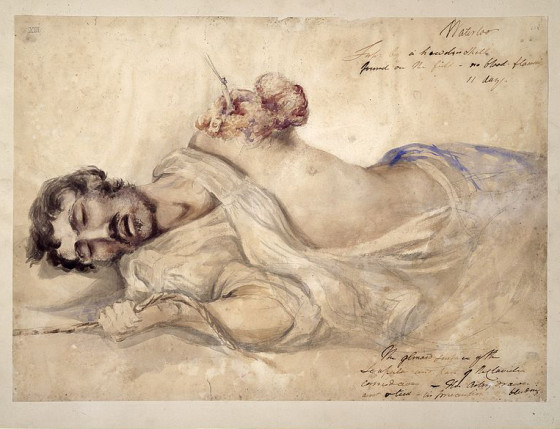
“We share how the world changed forever through highly personal stories of the people who lived through it.”
MORE U.S. CITIZENS were in uniform during the final bloody year of the First World War than had fought in all other American conflicts up to that point combined. As many as four million men and women took part in the struggle in 1918 alone – that’s twice as many who fought to save the Union in the Civil War. A century later, many Americans still remember the “heroes” of that fateful year — Sgt. Alvin York, flying ace Eddie Rickenbacker or John “Blackjack” Pershing – but the stories of so many others have been largely forgotten.

The National WWI Museum and Memorial in Kansas City, Missouri hopes to change that with Crucible: Life and Death in 1918. The exhibit shines the spotlight on a diverse group of ordinary Americans who served overseas during that turning-point year of history.
“In recent history, one would be hard-pressed to identify a singular year with greater turmoil and upheaval with long-lasting consequences than 1918,” said National WWI Museum and Memorial senior curator Doran Cart. “Trying to make sense of this incredibly tumultuous period of time is challenging and through Crucible: Life & Death in 1918, we share how the world changed forever through highly personal stories of the people who lived through it.”

Among those commemorated in the exhibit is Grace Banker, a 26-year-old telephone operator from New Jersey who enlisted with the U.S. Signal Corps and helped keep the lines of communication open in some of the most chaotic moments of 1918.
Also featured is William Augustus Wellman, an American volunteer with the French Foreign Legion who would go on to be a fighter pilot with famed Lafayette Escadrille. After the war, the Massachusetts native would go on to direct films, including the 1927 WW1 epic Wings, the first movie ever to win a Best Picture Oscar.
The exhibit also tells the story of Florence Edith Hemphill of Kansas, a frontline nurse and author of the wartime memoir detailing her experiences treating the wounded.
Crucible: Life and Death in 1918 is open now and runs through to March of 2019. For more information, click here.










